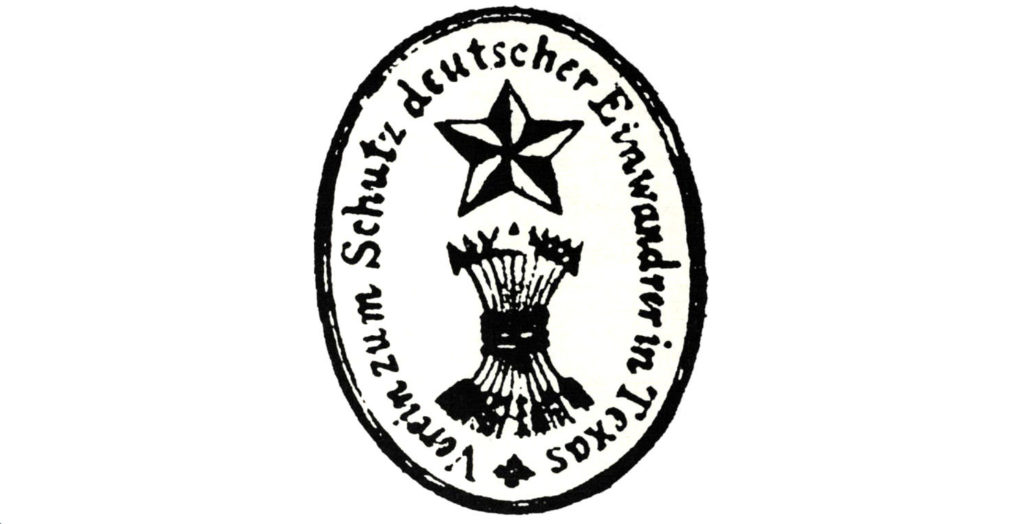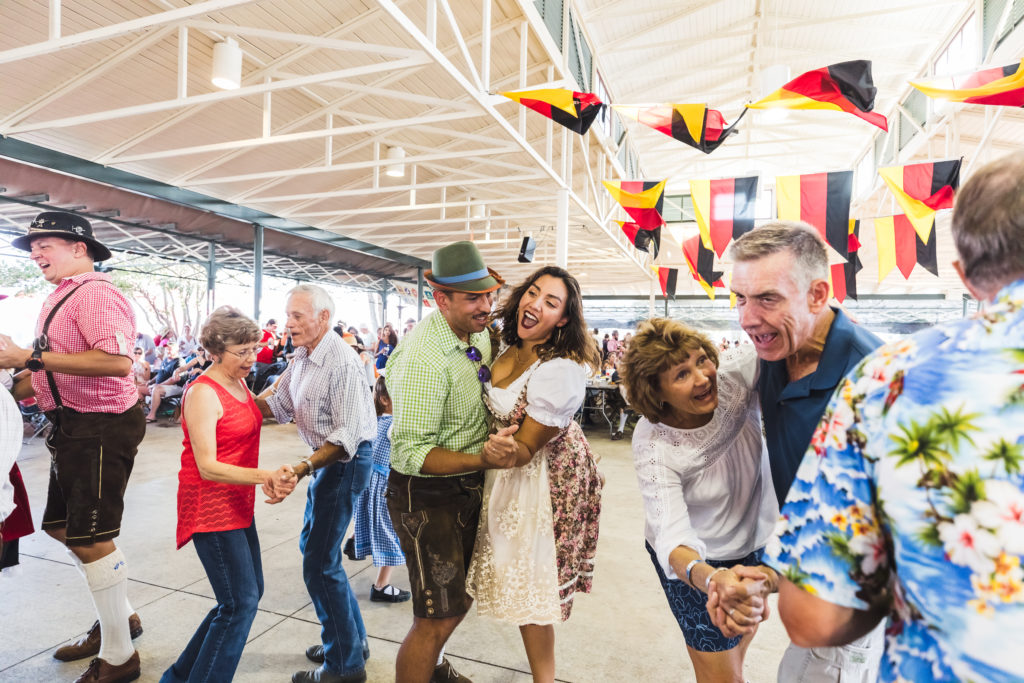How German Immigrants Shaped Texas
Germans found Texas early and took root. By 1850, not 15 years after the close of the Texas Revolution, nearly 5% of Texans were German immigrants. Throughout the latter half of the 19th century, the population grew by the tens of thousands. It is estimated that by 1990, 17% of Texas’ total population was of German descent, making German the third-most populous cultural heritage in the state.
The German immigrants who came to Texas in the 19th century settled in cities from Galveston to San Antonio, and in small rural communities ranging from the Coastal Plains to the Hill Country. Those settlements would become known as Texas’ “German Belt,” influencing the future of Texas culture, from cultural and political institutions to music and barbecue. Remarkably, the large German migration to Texas can trace its roots to a single enthusiastic German salesman who was never supposed to settle in Texas in the first place.
An Ambassador for German Texas
Johann Friedrich Ernst (1796-1848) was a decorated veteran of the Napoleonic wars. He fled his native Germany in 1829 after being accused of embezzling a large sum of money from the post office in Oldenburg. He and his family first set out to New York and then went on to New Orleans, with the intention of settling in Missouri. But while traveling south, Ernst heard about Stephen F. Austin, who had recently settled in Texas and was offering large land grants to potential new settlers. With a new plan in mind, Ernst obtained 4,000 acres in what is today the northwest corner of Austin County.
Ernst and his family were the first German immigrants to settle in Texas, but he was determined not to be the last. Ernst began writing letters to Germany advertising his new home in an attempt to lure German settlers to his lands. He wrote of the abundant fishing, the virgin farmland, and a climate reminiscent of the Mediterranean. His countrymen began to respond in droves.

Chain Migration
Ernst assisted new immigrants from Germany, using his home as a boarding house for new arrivals and helping German settlers establish a foothold in the new land. He soon had help. Emigration companies were formed back in Germany to promote the relocation of Germans to the New World. One of those companies, the Verein zum Schutze Deutscher Einwanderer in Texas, relocated some 7,000 German peasants to Texas and founded new towns like New Braunfels and Fredericksburg.
Germans came to Texas for many reasons. Some settlers were drawn by the promise of new economic and social opportunities. Others were enticed into emigrating by German nobles who were hoping to decrease large, rural peasant populations. Some emigrants were political refugees fleeing the numerous political revolutions that afflicted Europe in 1848. The German migration surged before the American Civil War, halted during the military conflict, and then accelerated once again when the war was over.

The German Belt
Although many of the new German Texans came from west-central Germany, they represented many different backgrounds and possessed varying religious traditions, educational experiences, and linguistic dialects. Some of the German immigrants were peasant farmers, while others were middle-class merchants or intellectuals. As a result, Texas’ German Belt was as heterogeneous as Germany. German settlers in the Pedernales River Valley, for example, tended to be Lutheran or Catholic, and they were known for holding community dances and forming robust social organizations. The Llano River, on the other hand, attracted German Methodists who renounced dancing and fraternal organizations.
The Germans profoundly influenced the growth of Texas. They built churches, established newspapers, and founded businesses. Germans contributed to Texas architecture, food, music, and politics. German polkas helped influence Mexican Tejano music. German dance halls became centers of community life. In fact, German butchers even contributed to the establishment of Texas barbecue.

A Disappearing Culture
By 1900, German culture in Texas was pronounced and proud. There were German language schools and newspapers in many Texas towns. But in the 20th century, this unique cultural world would begin to fade. Depopulation, intermarriage, and innovations in transportation and communications led to the slow dilution of German communities. Two world wars waged between the United States and Germany contributed to increased prejudice against Germans and the disuse of the German language. By the 1950s, many of the German towns and German urban neighborhoods, such as San Antonio’s King William Street, had lost much of their original German residents.
But elements of German culture remain in Texas. There are still traditions throughout the state, such as annual Oktoberfest festivals and the Easter Fire in Fredericksburg, that continue the Old World traditions brought to Texas by the Germans. In the 21st century, not so long ago, a German linguistic professor visiting Fredericksburg overheard a conversation at a breakfast diner one morning in a language he recognized as both distinctively German and curiously incomprehensible. When he asked the speakers where in Germany they were from, they stared back at him puzzled.
“We’re not from Germany,” they said. “We’re Texan.”
It was a discovery that confirmed that traces of Texas German culture, passed down from generation to generation, continue to endure today.
© 2020 Texas Farm Bureau Insurance



